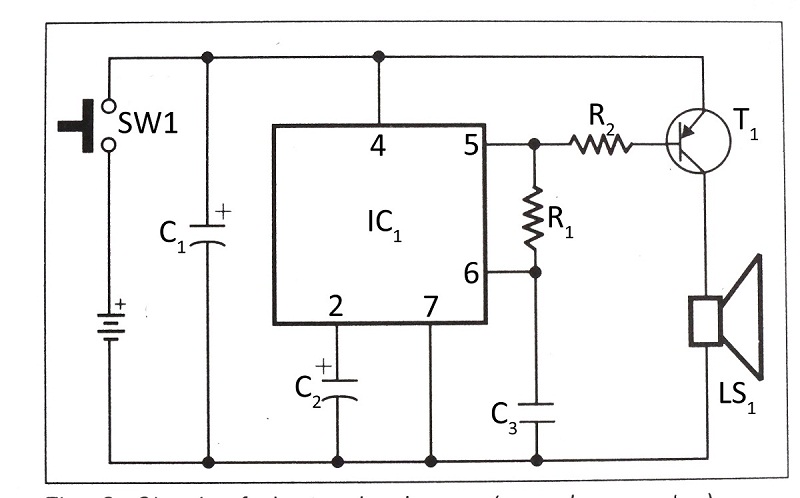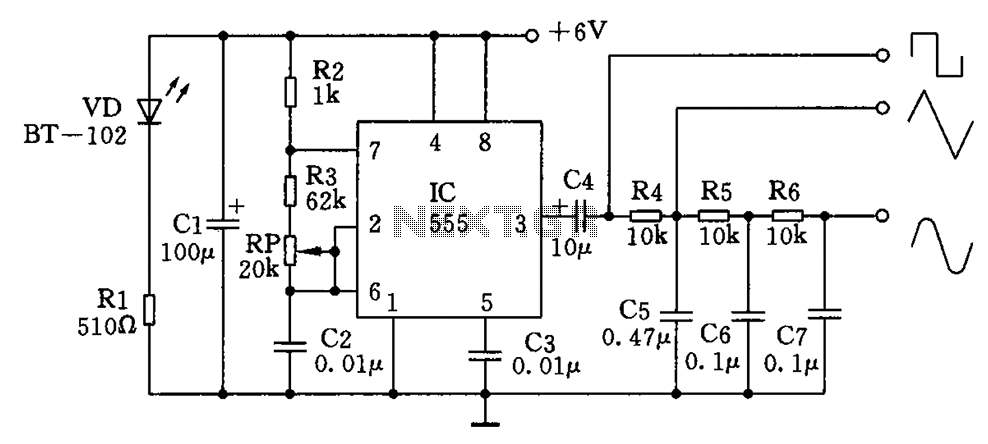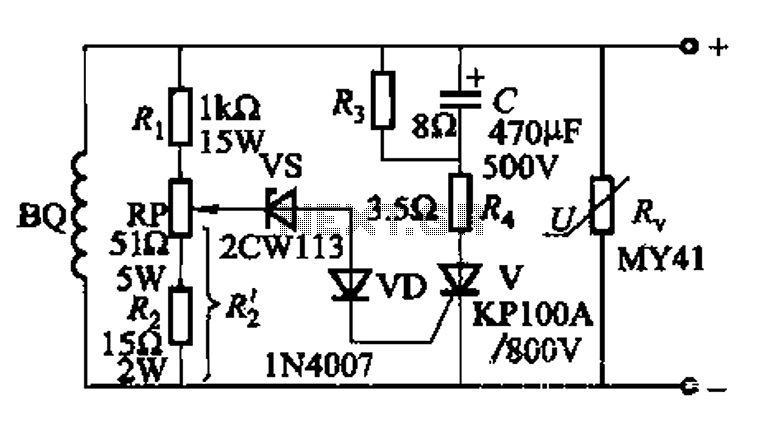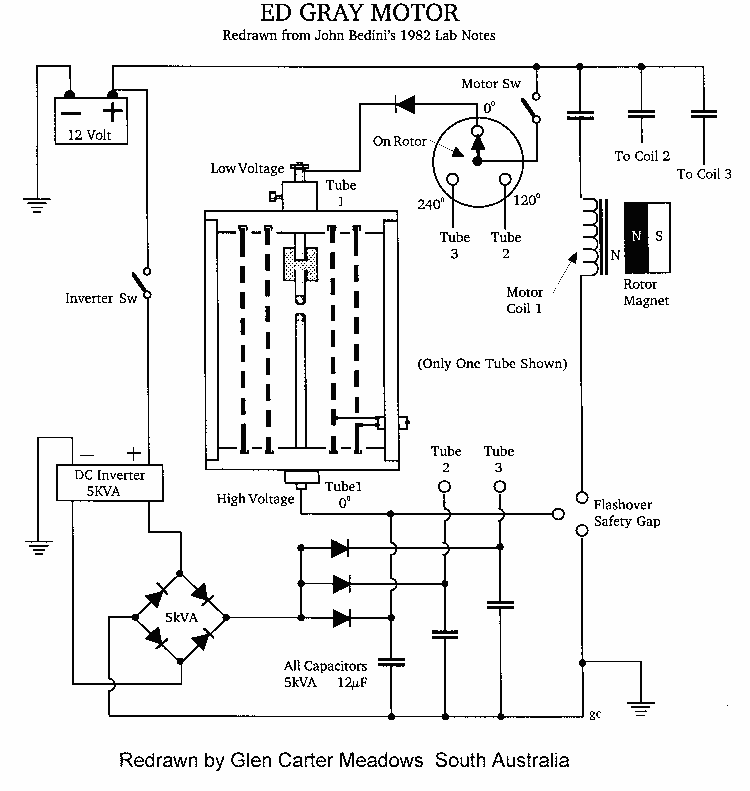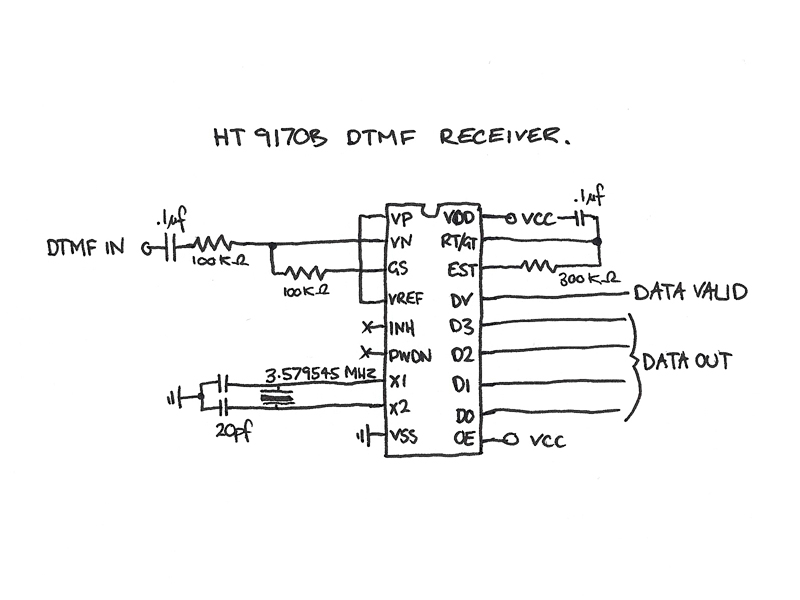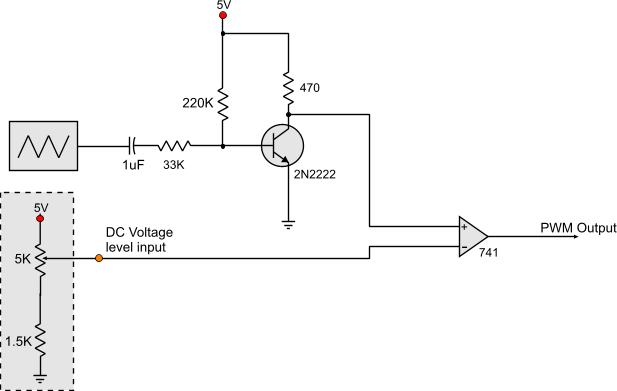
Function Generator
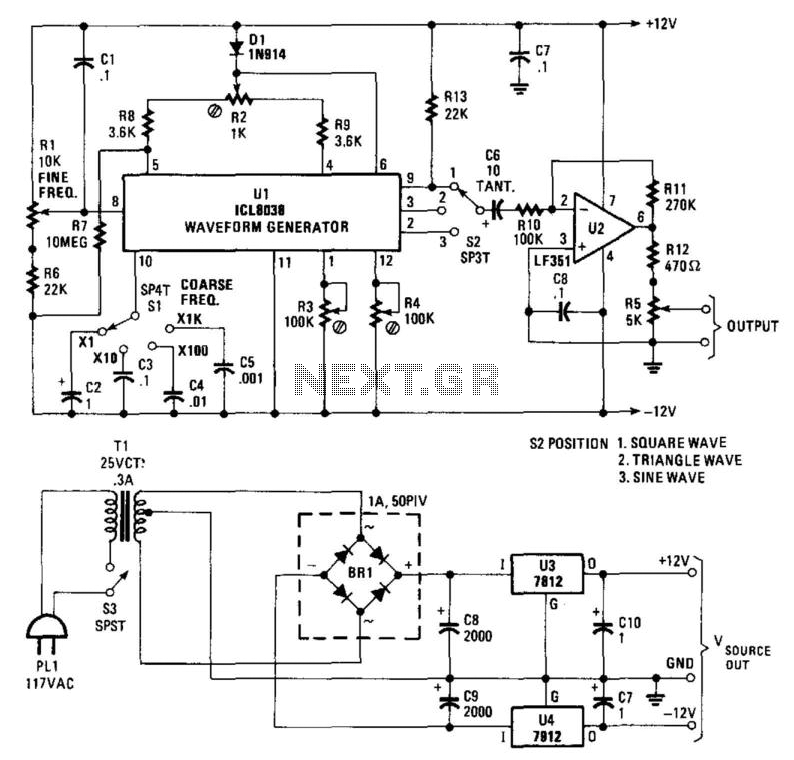
Using an Intersil ICL8038, this function generator produces frequencies ranging from 1 Hz to over 80 kHz. R1 is the fine frequency control, while S1 is the coarse frequency control range switch. S2 selects the output waveform as square, triangle, or sine wave. U2 functions as a buffer amplifier, and R5 sets the output level. R2 is adjusted to achieve a symmetrical triangle wave, while R3 and R4 are calibrated to minimize sine-wave distortion. The power supply operates at ±12 V with a current draw of less than 100 mA.
The circuit employs the Intersil ICL8038, a precision waveform generator capable of producing a wide range of frequencies with high accuracy. The ICL8038 utilizes a combination of internal resistors and capacitors to generate sine, square, and triangle waveforms, making it versatile for various applications in electronics.
The fine frequency control, designated as R1, allows for precise adjustments to the output frequency, enabling the user to fine-tune the generator for specific applications. The coarse frequency control switch, S1, provides a broader range of frequency settings, allowing users to quickly select a general frequency range before making finer adjustments with R1.
The output waveform selection switch, S2, allows the user to toggle between different waveform outputs. Each waveform type has its own characteristics; the square wave is ideal for digital applications, the triangle wave is useful for analog signal processing, and the sine wave is often used in audio applications.
U2 acts as a buffer amplifier, ensuring that the output signal maintains its integrity and can drive various loads without significant distortion or loss of amplitude. The output level is set by R5, providing a means to adjust the amplitude of the generated waveform to suit the requirements of the connected circuit or device.
To achieve a symmetrical triangle wave, R2 is adjusted accordingly. This adjustment is crucial as it ensures that the triangle waveform maintains equal rise and fall times, which is important for applications that require a linear ramp signal.
R3 and R4 are specifically calibrated to minimize distortion in the sine-wave output. These resistors work in conjunction with the ICL8038's internal circuitry to refine the sine wave, making it suitable for high-fidelity applications where waveform purity is essential.
The circuit is powered by a dual power supply providing ±12 V, which is common in analog circuit designs. The current consumption of less than 100 mA indicates that the circuit is efficient and can be powered by standard laboratory power supplies or battery systems, making it suitable for portable applications.
Overall, this function generator circuit is a robust solution for generating various waveforms across a wide frequency range, making it an invaluable tool in testing and development environments. Using an Intersil ICL8038, this function generator generates frequencies from 1 Hz to over 80 kHz. Rl is the fine freque ncy control and SI is the coarse frequency control range switch. S2 selects square-, triangle-, or sine-wave output. U2 is a buffer amplifier and R5 sets output level. R2 is adjusted for a symmetrical triangle wave. R3 and R4 are adjusted for minimum sine-wave distortion. Power supply is ± 12 V at less than 100 mA.
The circuit employs the Intersil ICL8038, a precision waveform generator capable of producing a wide range of frequencies with high accuracy. The ICL8038 utilizes a combination of internal resistors and capacitors to generate sine, square, and triangle waveforms, making it versatile for various applications in electronics.
The fine frequency control, designated as R1, allows for precise adjustments to the output frequency, enabling the user to fine-tune the generator for specific applications. The coarse frequency control switch, S1, provides a broader range of frequency settings, allowing users to quickly select a general frequency range before making finer adjustments with R1.
The output waveform selection switch, S2, allows the user to toggle between different waveform outputs. Each waveform type has its own characteristics; the square wave is ideal for digital applications, the triangle wave is useful for analog signal processing, and the sine wave is often used in audio applications.
U2 acts as a buffer amplifier, ensuring that the output signal maintains its integrity and can drive various loads without significant distortion or loss of amplitude. The output level is set by R5, providing a means to adjust the amplitude of the generated waveform to suit the requirements of the connected circuit or device.
To achieve a symmetrical triangle wave, R2 is adjusted accordingly. This adjustment is crucial as it ensures that the triangle waveform maintains equal rise and fall times, which is important for applications that require a linear ramp signal.
R3 and R4 are specifically calibrated to minimize distortion in the sine-wave output. These resistors work in conjunction with the ICL8038's internal circuitry to refine the sine wave, making it suitable for high-fidelity applications where waveform purity is essential.
The circuit is powered by a dual power supply providing ±12 V, which is common in analog circuit designs. The current consumption of less than 100 mA indicates that the circuit is efficient and can be powered by standard laboratory power supplies or battery systems, making it suitable for portable applications.
Overall, this function generator circuit is a robust solution for generating various waveforms across a wide frequency range, making it an invaluable tool in testing and development environments. Using an Intersil ICL8038, this function generator generates frequencies from 1 Hz to over 80 kHz. Rl is the fine freque ncy control and SI is the coarse frequency control range switch. S2 selects square-, triangle-, or sine-wave output. U2 is a buffer amplifier and R5 sets output level. R2 is adjusted for a symmetrical triangle wave. R3 and R4 are adjusted for minimum sine-wave distortion. Power supply is ± 12 V at less than 100 mA.
